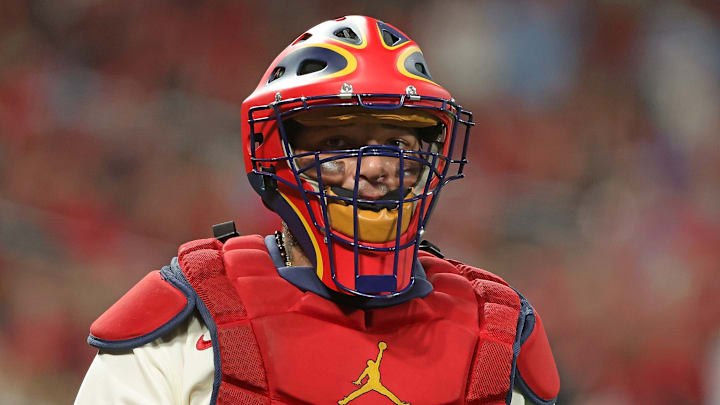3. Tim McCarver
Tim McCarver debuted in the major leagues at the tender age of 17 and would go on to have an illustrious 21-year career. Uniquely fleet of foot for a catcher, McCarver led the National League in triples in 1967, a year where he finished second in league MVP voting. He was an All-Star in 1966 and 1967 and developed a rapport with pitcher Bob Gibson, serving as Gibson's primary catcher throughout McCarver's time in St. Louis.
McCarver was traded to the Philadelphia Phillies after the 1969 season, and near the end of his career, he became Steve Carlton's personal catcher. He later spent a year with the Montreal Expos and saw two years of limited play with the Boston Red Sox, then returned to the Phillies for parts of five more seasons.
McCarver hit .271 with 97 home runs in his long career. After his time in baseball, McCarver took to the broadcast booth with the Phillies, later working his way into the national broadcast spotlight on several networks. In 2014, McCarver joined the Cardinals' regional network and called a few games per season through 2019. He was elected into the Cardinals Hall of Fame in 2017.
